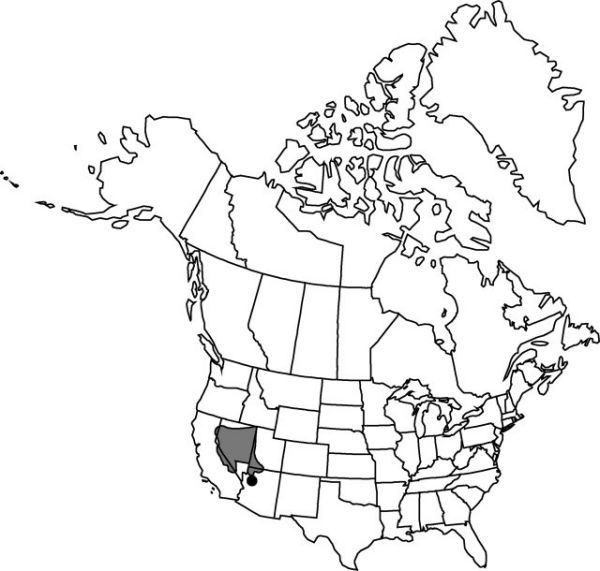Allium atrorubens
Botany (Fortieth Parallel), 352, plate 38, figs. 4, 5. 1871.
Bulbs 1–3, not clustered on primary rhizome, with 0–2 stalked basal bulbels, ovoid to globose, 1–1.6 × 0.8–1.4 cm; outer coats enclosing 1 or more bulbs, brown, membranous, lacking cellular reticulation or cells arranged in only 2–3 rows distal to roots, ± quadrate, without fibers; inner coats pink or white, cells obscure, quadrate. Leaves persistent, 1, basally sheathing, sheath not extending much above soil level; blade solid, terete, 8–22 cm × 1–2.5 mm. Scape persistent, solitary, erect, solid, terete, 5–17 cm × 1–3 mm. Umbel persistent, erect, ± compact, 5–50-flowered, hemispheric to globose, bulbils unknown; spathe bracts persistent, (2–)3, 3–6-veined, ovate to lanceolate, ± equal, apex acuminate. Flowers campanulate, 8–12 mm; tepals erect, pale pink to deep reddish purple, rarely white, lanceolate to ovate, ± equal or inner longer and narrower than outer, becoming rigid and ± keeled in fruit, margins entire, apex acute to acuminate; stamens included; anthers purple; pollen white or light yellow; ovary crested; processes 6, prominent, ± triangular, margins entire to notched or shallowly toothed; style linear, equaling stamens; stigma obscurely capitate, scarcely thickened, unlobed; pedicel 10–22 mm. Seed coat dull or shining; cells minutely roughened.
Distribution

Intermountain w United States.
Discussion
Varieties 2 (2 in the flora).
Selected References
None.
Key
| 1 | Tepals deep reddish purple (rarely pure white), lanceolate, apex margins becoming involute, apex thus appearing long-acuminate. | Allium atrorubens var. atrorubens |
| 1 | Tepals pale pink with darker midveins, lance-ovate to ovate, apex margins flat, not becoming involute. | Allium atrorubens var. cristatum |